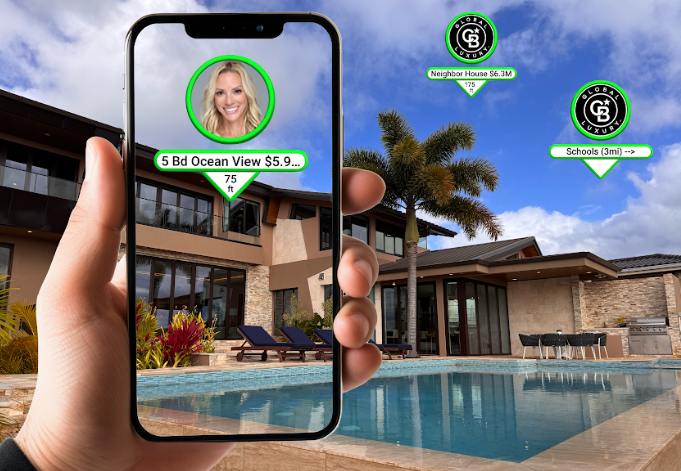 EMERGING TECH
EMERGING TECH
 EMERGING TECH
EMERGING TECH
 EMERGING TECH
EMERGING TECH
Augmented reality integration startup Skidattl says it’s looking to bridge the gap between the digital and physical worlds with today’s launch of its easily accessible augmented reality technology, which promises to transform how users interact with any physical space.
The startup, officially known as Lyv Technologies Inc., has developed a platform for businesses to provide “virtual information overlays” that can be viewed through a smartphone camera or AR device, without the user needing to download an application first. That’s because its digital beacons rely on “App Clip” technology, which enables them to be seen by any user who scans a QR code first.
Skidattl was founded by the serial entrepreneur Randy Marsden, whose previous startups Swype Inc. and Dryft Inc. were focused on virtual keyboard technology, and acquired by Microsoft Corp. and Apple Inc., respectively.
According to Marsden, Skidattl aims to make AR technology ubiquitous by transforming the way developers integrate it into real-world surroundings and dramatically simplifying how users interact with it. He claims to be building a future where accessing virtual information in the real world becomes second nature, resulting in more immersive engagement at any location or event.
Skidattl’s AR technology has a broad range of applications, because it can be used in any location in the world. For instance, its digital beacons can be used by real estate agents to enhance property viewings and explore the surrounding neighborhood by posting useful information in key locations. Golf courses can use the technology to create virtual caddies that provide real-time information and tips about each hole as the golfer navigates the course. For example, Turtle Bay Golf Course in Kahuku, Hawaii, has deployed Skidattl’s technology so that golfers can quickly pull out their phone, look through the camera and see the exact distance to the green from any location on the course, as well as other data.
Other use cases include theme parks, which can provide virtual overlays to aid with navigation and provide details on the waiting times at different attractions. Smart cities are another target market, with Marsden claiming that virtual overlays can be used to facilitate “citizen engagement” and improve municipal services. Moreover, music festivals and other outdoor events can implement its technology to show which singer or band is currently playing on each stage.
What’s unique about Skidattl’s technology is the way it’s accessed. One challenge that has held back AR’s adoption is the need for users to go through the hassle of downloading an application onto their smartphones, creating too much friction.
With Skidattl, users only have to scan a QR code to launch the experience. These codes can be plastered at strategic locations in the real-world site, and users will immediately see the virtual signposts, without doing anything else.
This is enabled by Apple’s App Clip technology and the Android equivalent, Instant Apps, which enable lightweight application experiences to be downloaded instantly onto any device. It’s like a condensed version of an app, designed to cater to immediate user needs.
Skidattl also makes life easier for businesses through its no-code interface, which makes it simple for anyone to create a virtual beacon without coding skills. Businesses can also access comprehensive insights about who is interacting with their beacons, without exposing the identity of the people who view them.
Marsden said Skidattl’s technology makes it possible for people to engage with their surroundings in more meaningful ways, easily accessing vital information about any location they visit. But unlike traditional social media, which isolates users, it will encourage them to get out and about.
“I envision Skidattl becoming as intuitive and ubiquitous as social media is today, but instead of isolating people, it will connect them more deeply with the physical world,” he said. “It’s about enriching our real-world interactions through seamless, contextual information.”
The platform is available now, with subscription plans starting at $5,000 per year.
Support our mission to keep content open and free by engaging with theCUBE community. Join theCUBE’s Alumni Trust Network, where technology leaders connect, share intelligence and create opportunities.
Founded by tech visionaries John Furrier and Dave Vellante, SiliconANGLE Media has built a dynamic ecosystem of industry-leading digital media brands that reach 15+ million elite tech professionals. Our new proprietary theCUBE AI Video Cloud is breaking ground in audience interaction, leveraging theCUBEai.com neural network to help technology companies make data-driven decisions and stay at the forefront of industry conversations.